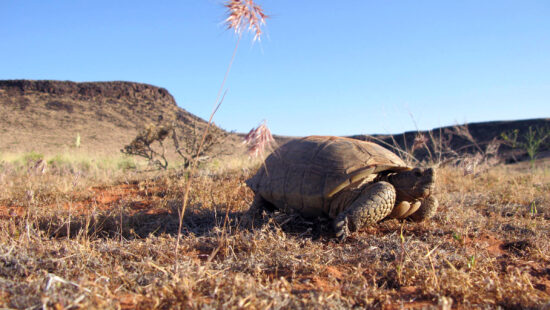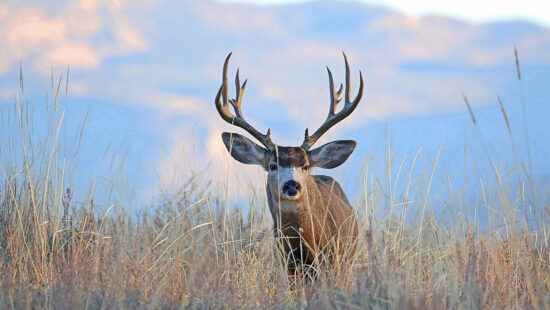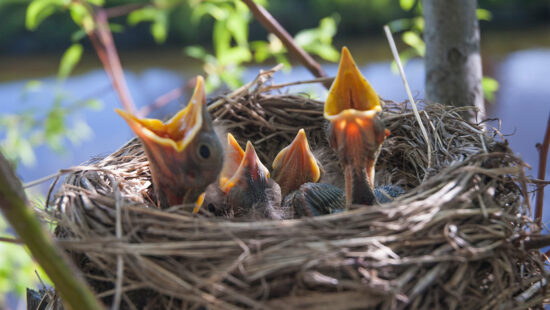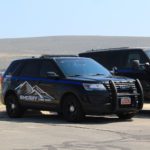Wildlife
‘Bob Crane’ tests negative for diseases
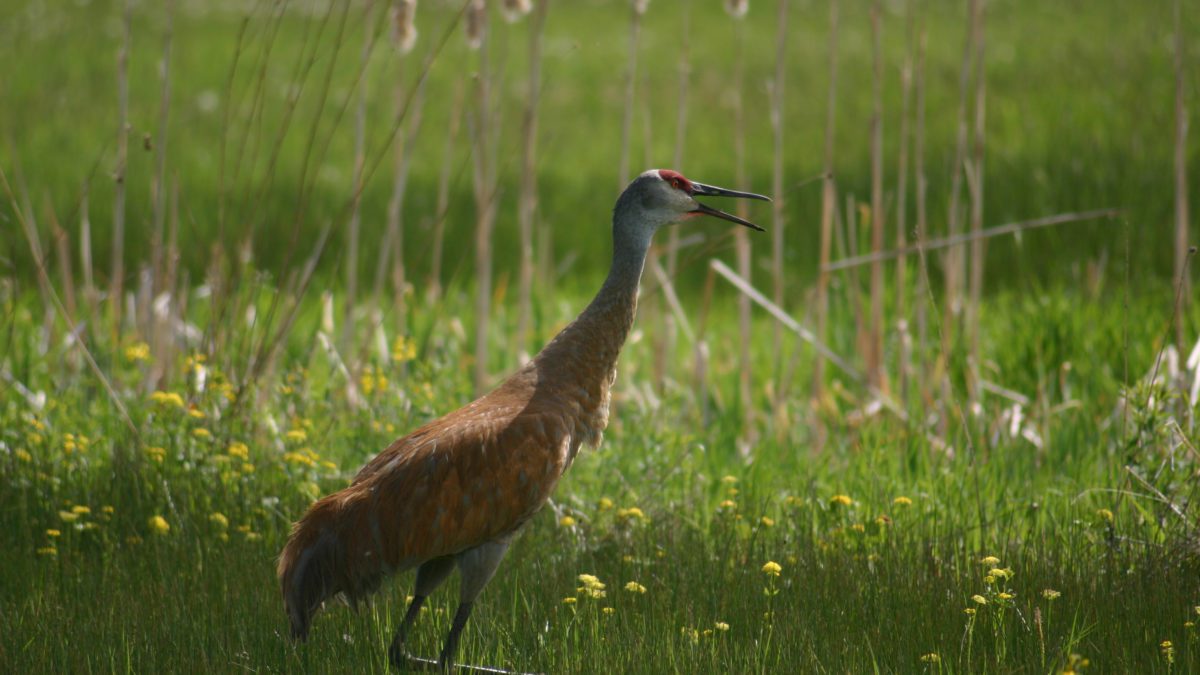
Sandhill crane in a field of flowers. Photo: Scott Root, Utah Division of Wildlife Resources
WASATCH COUNTY, Utah — In a statement released on Monday, the Utah Division of Wildlife Resources (DWR) said that the sandhill crane that was killed in August for public safety concerns, commonly known as ‘Bob Crane‘, tested negative for any neurological diseases.
Despite ‘Bob’ testing negative for diseases, DWR felt the decision remained justified because of the bird’s “lack of fear of people, aggressive behavior and years of documented property damage.”
The bird pecked a DWR officer’s personal truck at River’s Edge Campground near Heber on August 27. Officials with DWR later decided that ‘Bob’ was a public safety concern due to his aggressiveness and potential for having diseases like the West Nile Virus.
Due to the potential for a conflict of interest, the DWR officer whose vehicle was damaged was not involved in the decision to euthanize the bird.
A campground manager at River’s Edge that has resided there for years told Townlift that the crane was beloved by the community. He said the crane hit the truck because of normal behavior. He said it was likely the crane saw his reflection in the vehicle, which they normally interpret as threats (more here).
‘Bob Crane’ was killed the night of the incident with a shotgun, which follows DWR euthanization policy.
Below is DWR’s full statement:
“The Utah Division of Wildlife Resources received the test results of the euthanized sandhill crane from the USU lab on Monday, Sept. 13. The sandhill crane tested negative for West Nile Virus or other neurological diseases. While the bird did not test positive for a disease, the DWR followed its policies in euthanizing the bird, due to the public safety concerns from its lack of fear of people, aggressive behavior and years of documented property damage caused by the bird.
We understand that this has been a difficult experience for many of the wildlife enthusiasts in this area. Our staff entered this profession because they love wildlife, and we never like having to euthanize an animal. Public safety is an essential component in our wildlife management, so we must prioritize public safety when wildlife repeatedly acts aggressively or causes property damage.”
Appreciate the coverage? Help keep Park City informed.
TownLift is powered by our community. If you value independent, local news that keeps Park City connected and in the know, consider supporting our newsroom.















